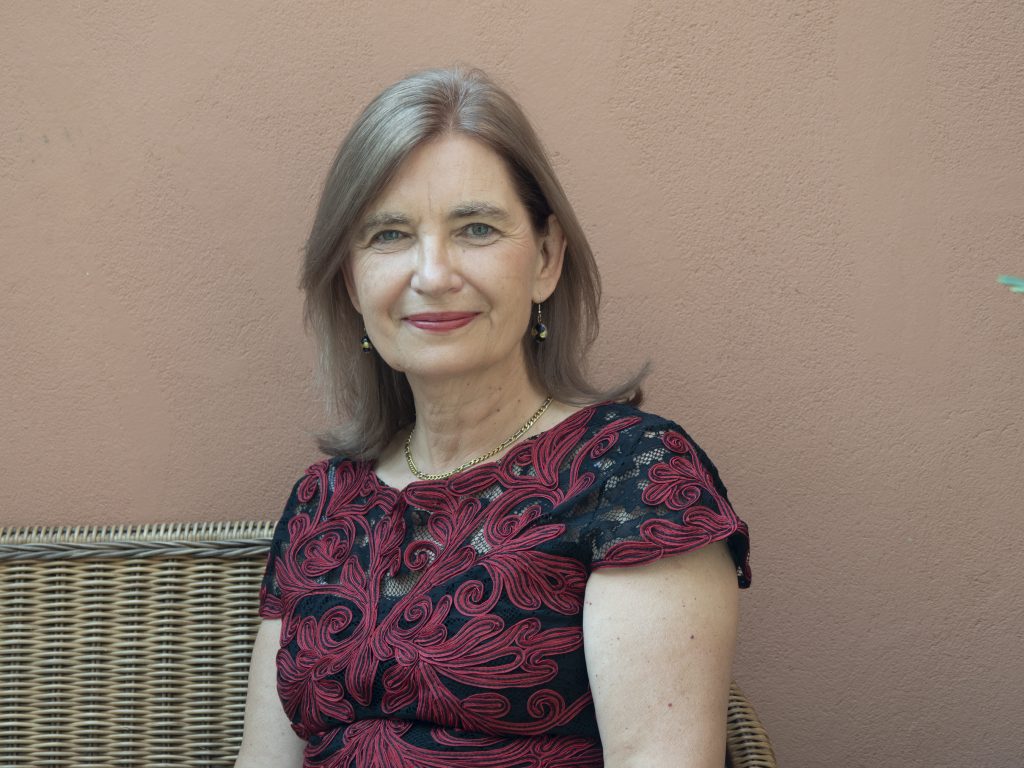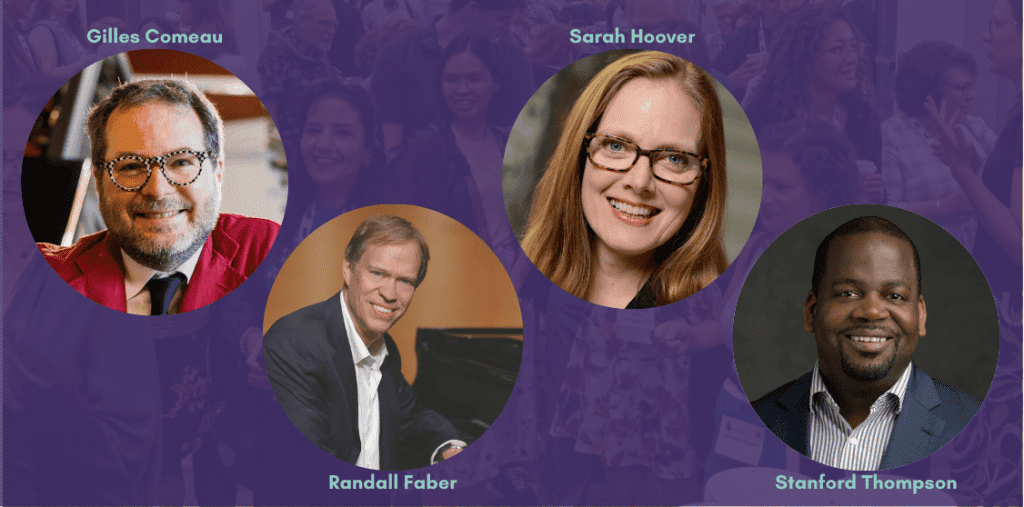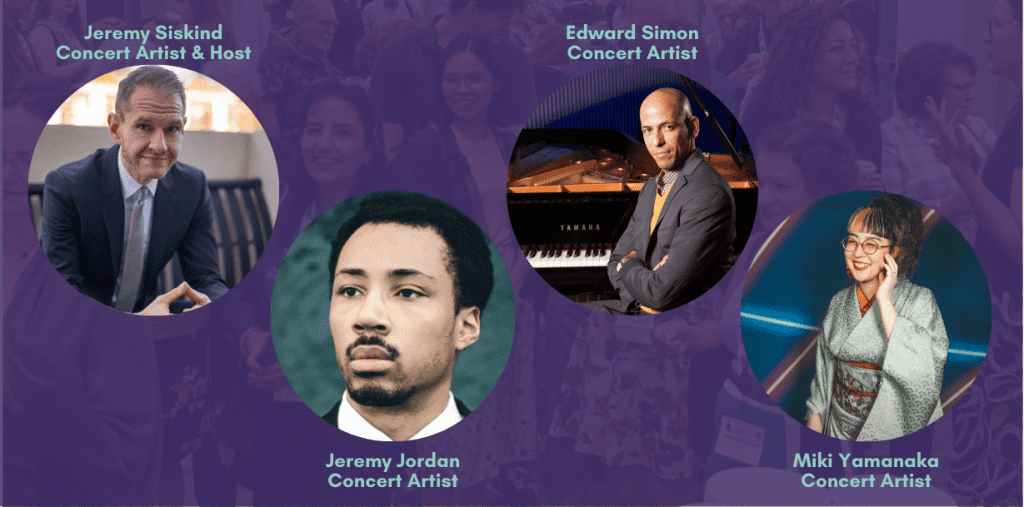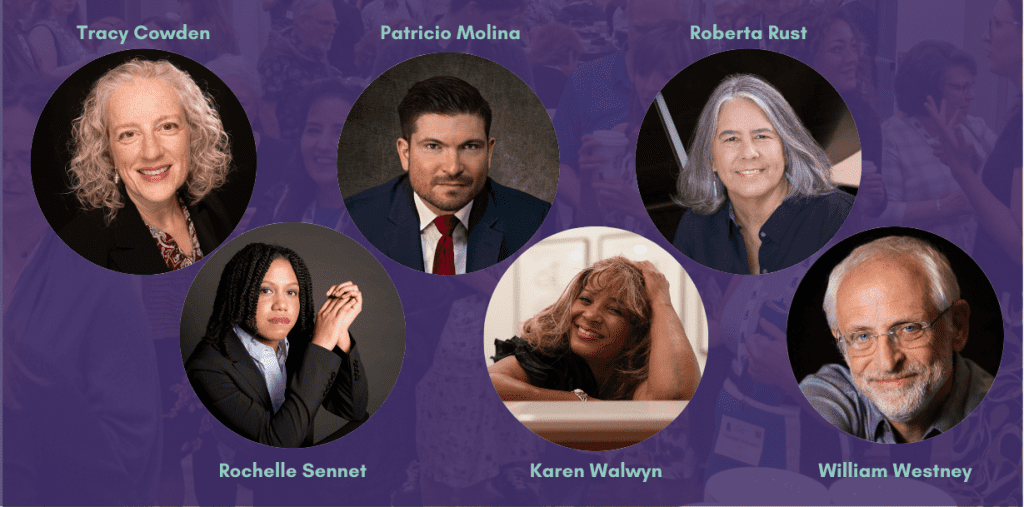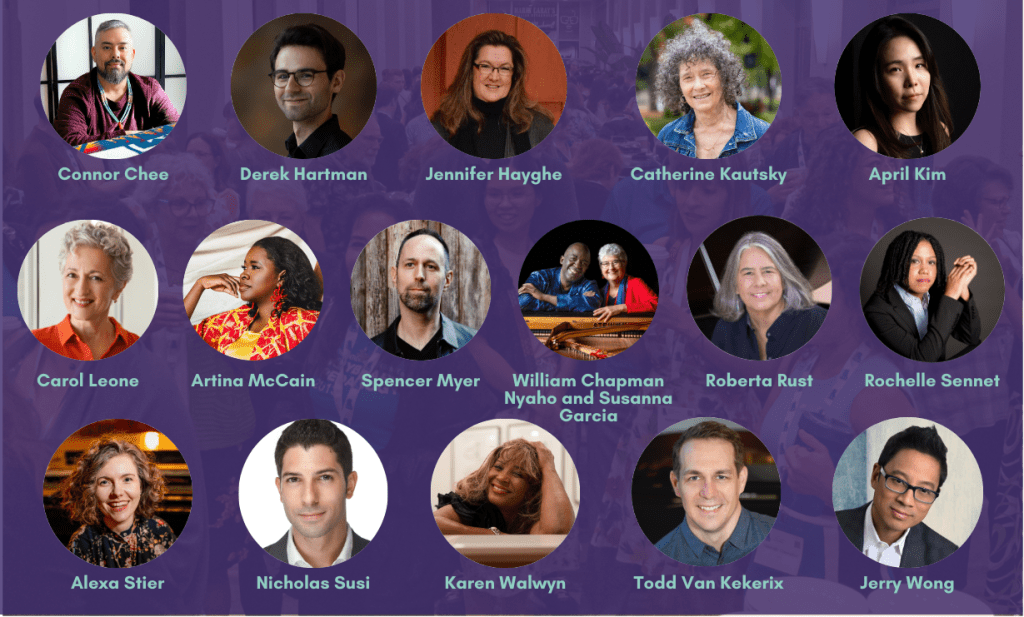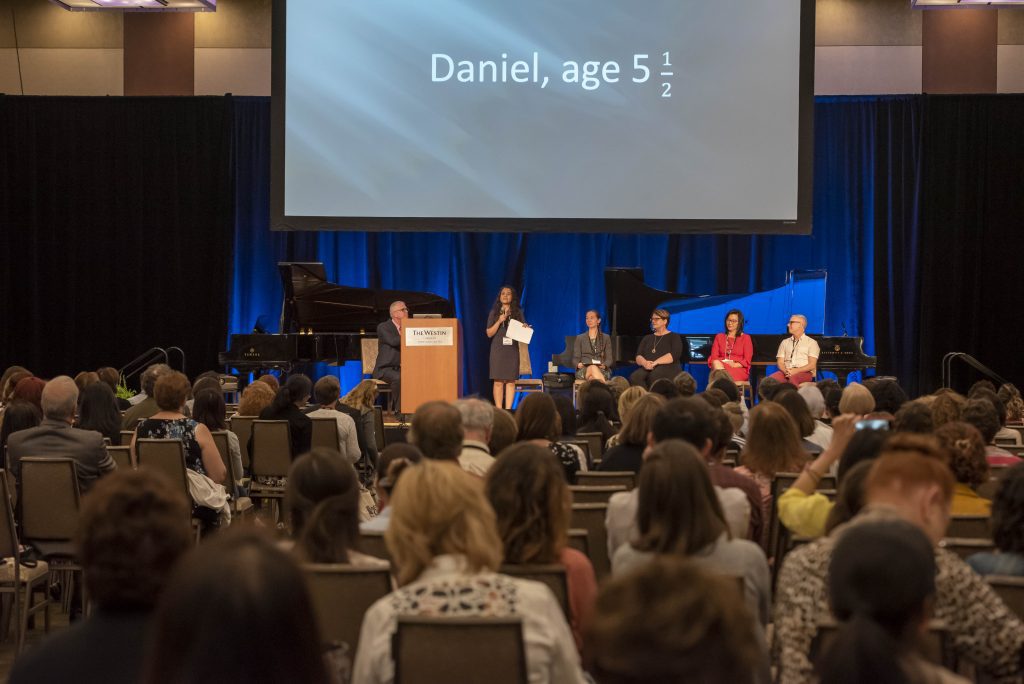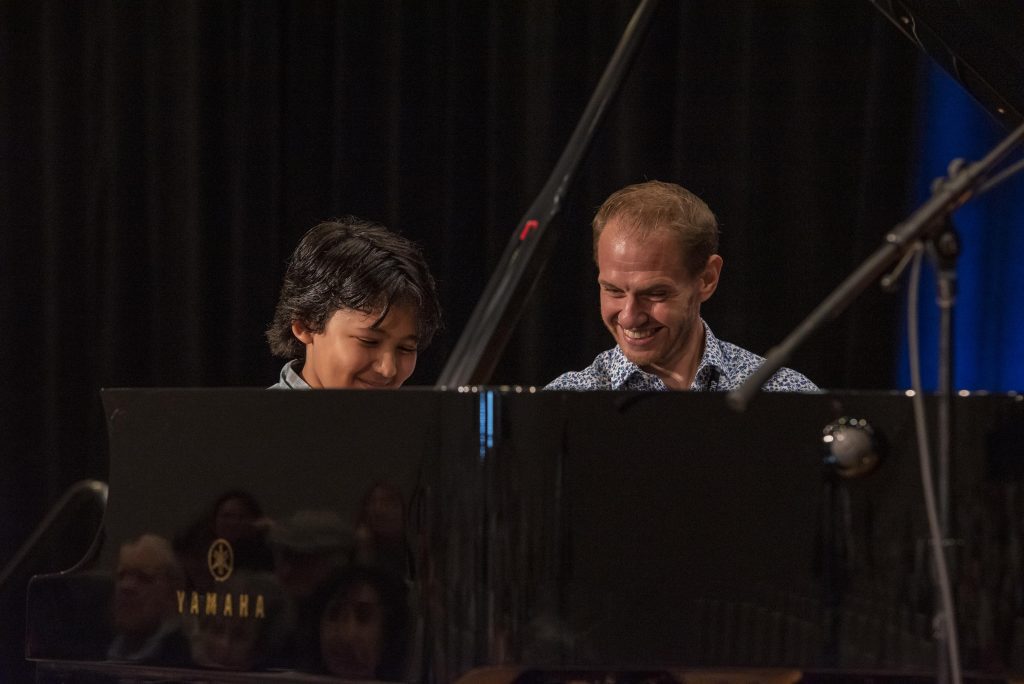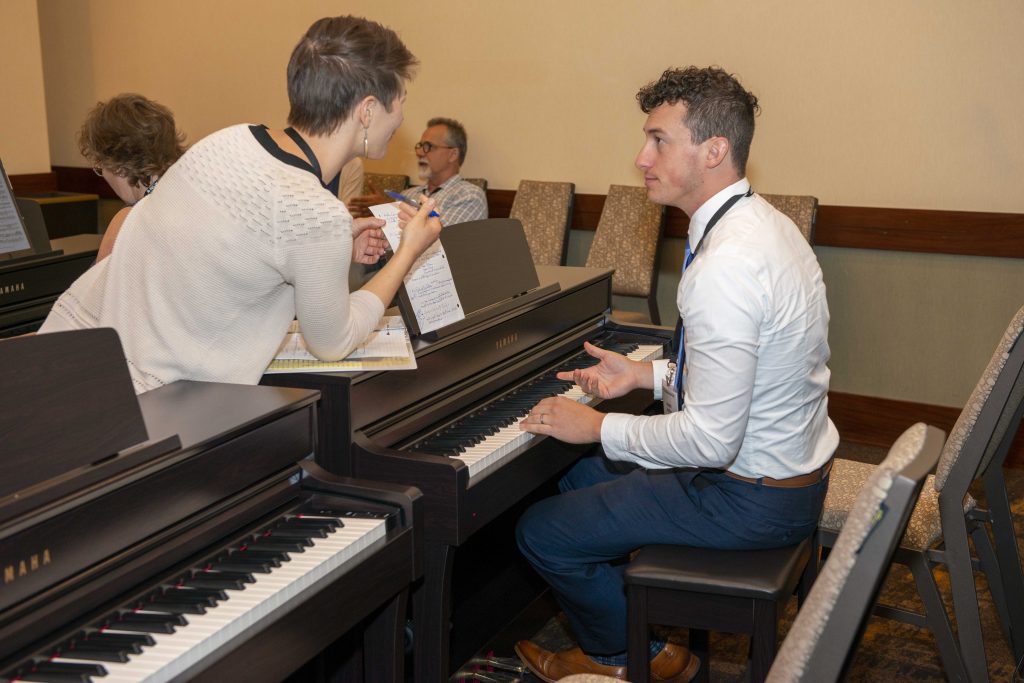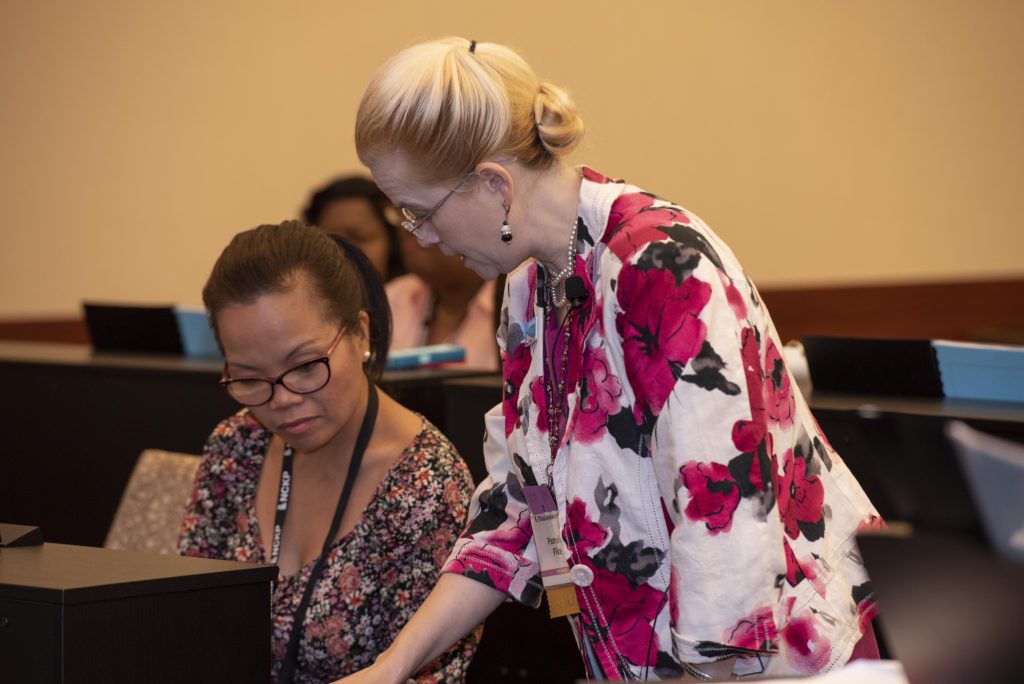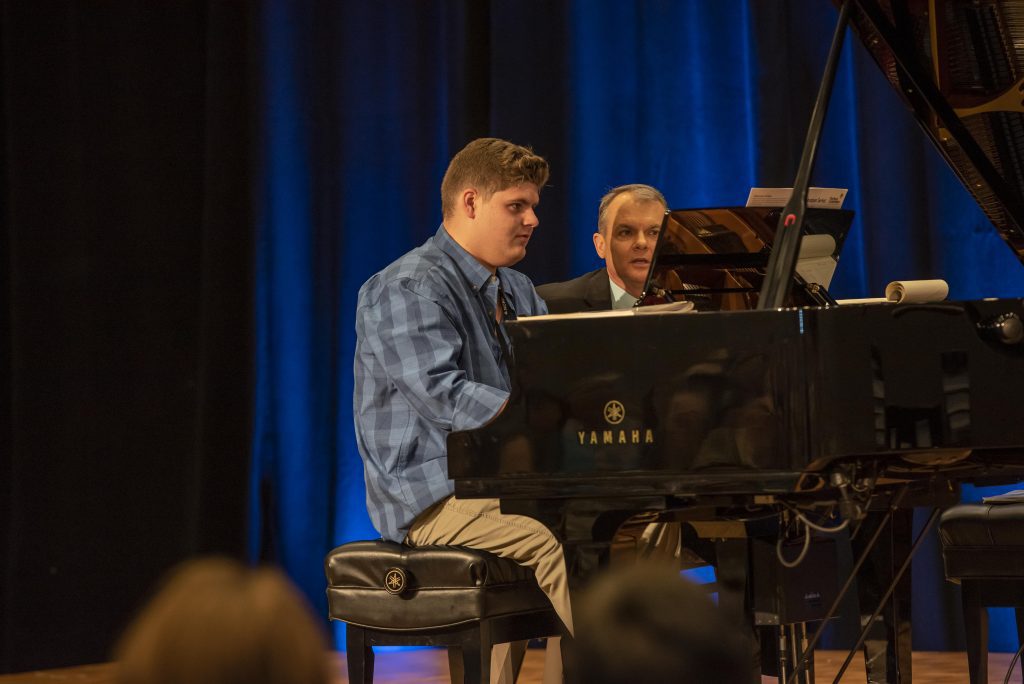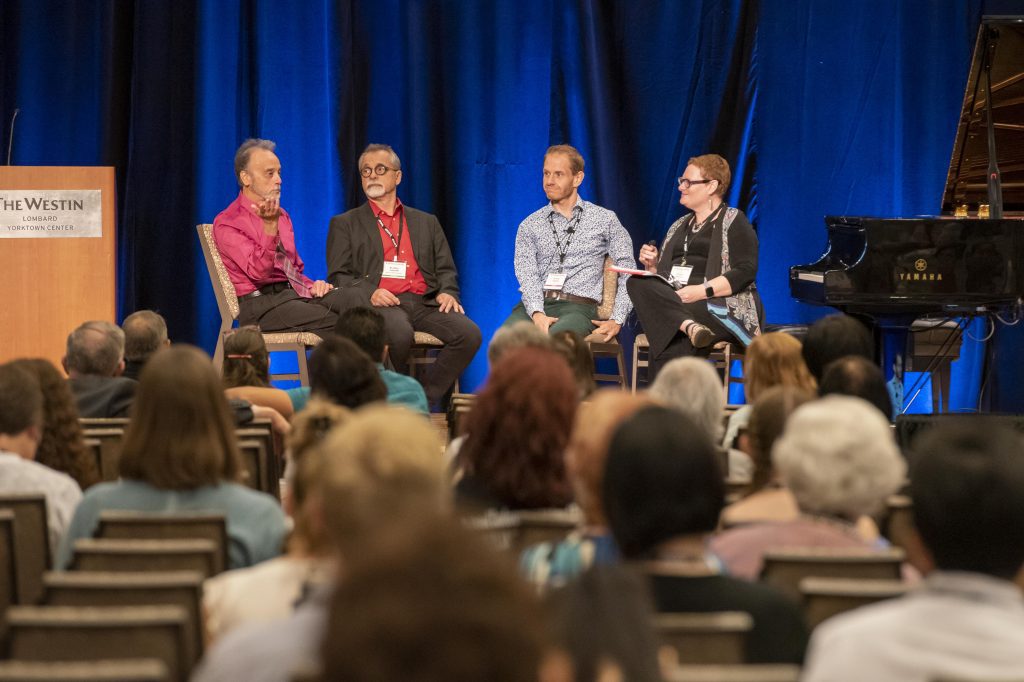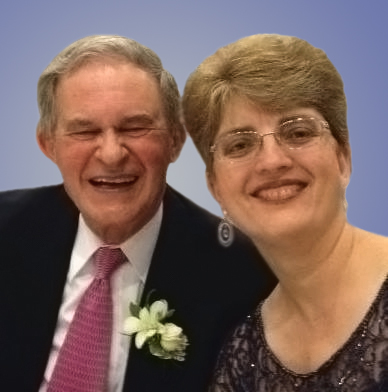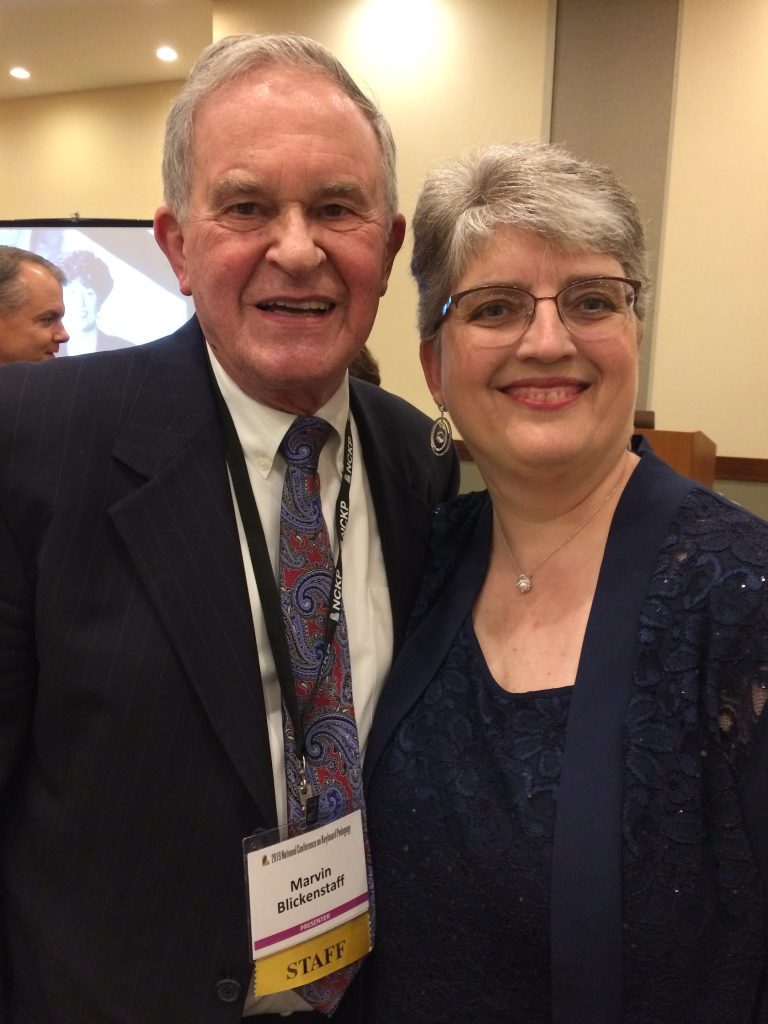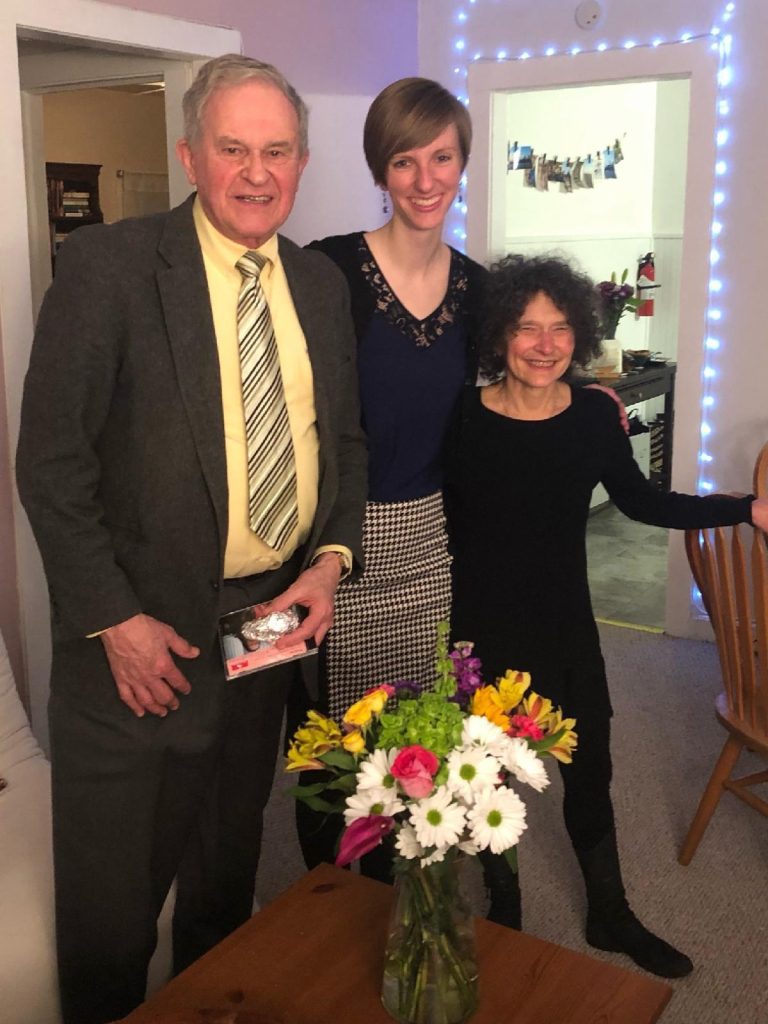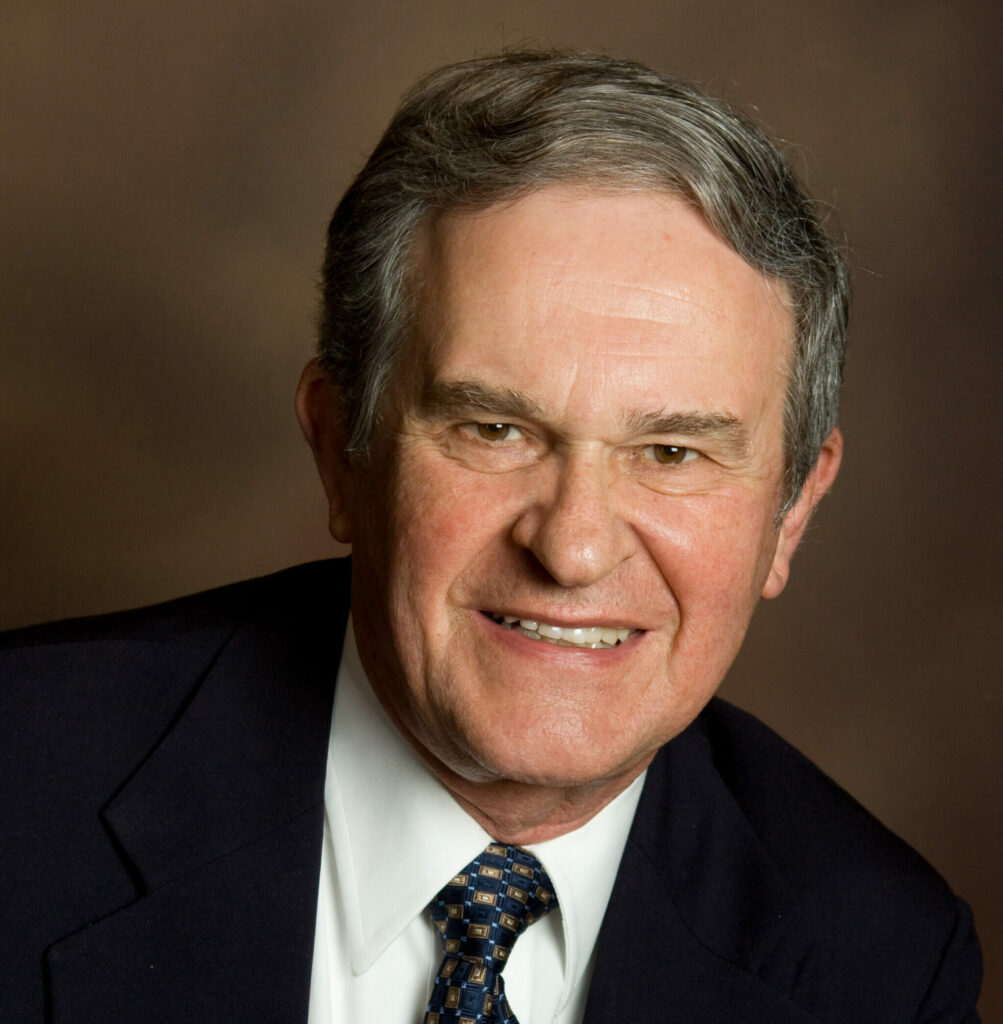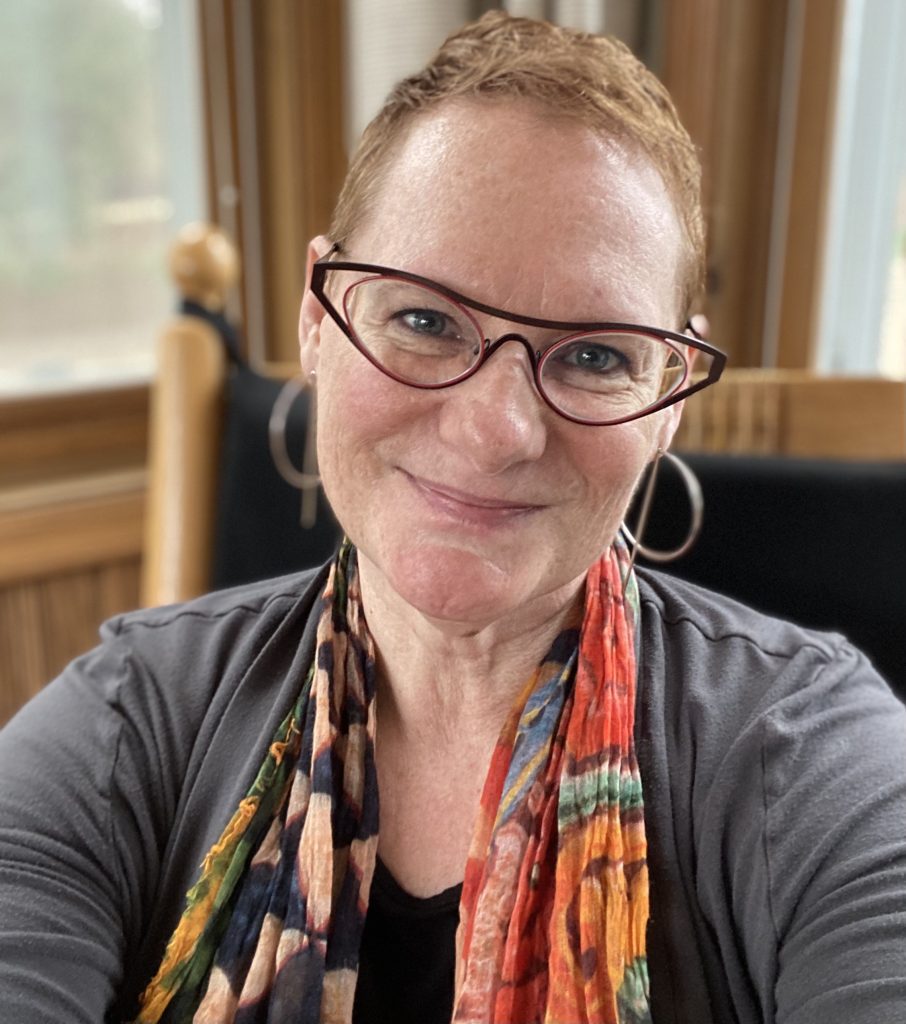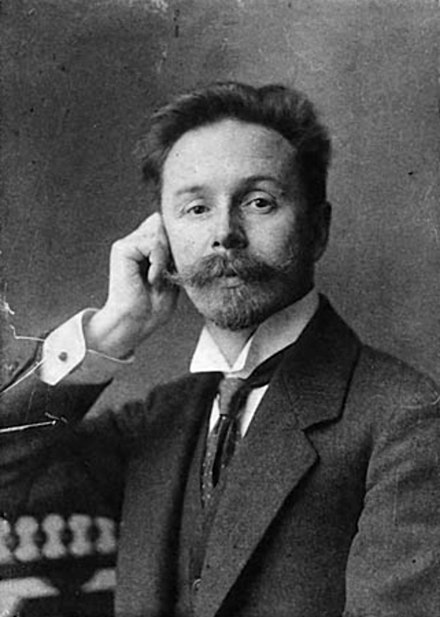Join us for The Piano Conference: NCKP 2025 as we gather together in person and online. The Piano Conference seeks to explore the challenges and opportunities facing our international community at this inflection point for the profession. Full conference registration includes four days of engagement, including the summit, concerts, keynotes, PEDx presentations, and more, as well as access to the online event and online event archives. Student, Single-Day, and Online-Only registration options are also available. Save an additional 10% on Early-Bird registration now through Saturday, March 1, 2025 at 11:59 PM Pacific. Use discount code 10EARLY at checkout. Early-bird registration is available until May 8, 2025, at 11:59 PM Pacific. Learn more and register by clicking here.
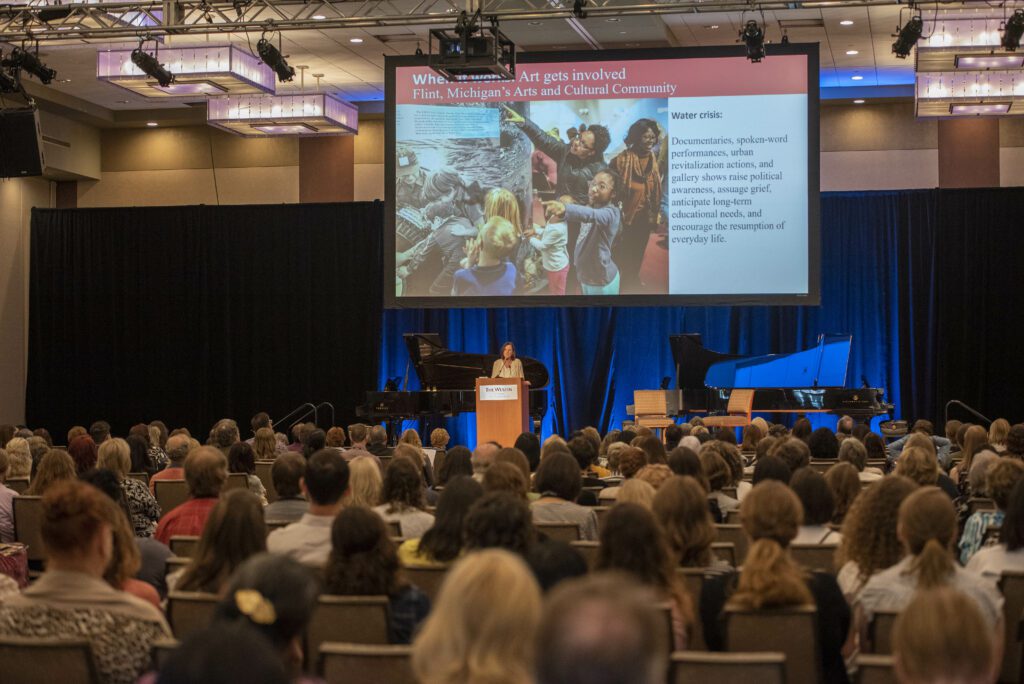
The Inaugural NCKP 2025 Innovation Summit: Designing the Future of Piano Education represents an exciting opportunity for our community to reflect on and shape the evolving landscape of piano teaching and learning. Held on Wednesday, July 23, from 9:00 a.m. to 5:00 p.m., this event will convene a diverse group of professionals committed to advancing piano education in a rapidly changing world. We invite you to join us for this transformative event and add your voice to the shared vision of the future of piano education.
Gathering for Collaborative Change
Designed as a collaborative and forward-thinking gathering, the Summit invites participants to explore innovative teaching models, address current challenges, and chart a course for the future of the field. The Summit’s comprehensive approach aims to foster critical discussion, encourage the exchange of ideas, and inspire meaningful action.
At the heart of the NCKP Summit is the opportunity for participants to come together to share insights, experiences, and ideas. The day will begin with a keynote presentation by pianist, educator, and composer Randy Faber who will set the tone for the activities and discussions that follow. Participants will then engage in interactive workshops and open dialogue designed to promote reflection, encourage the exchange of perspectives, and define the piano educator of the twenty-first century. By drawing on the diverse expertise within the group, the Summit aims to generate actionable strategies that reflect the collective wisdom of the piano education community.
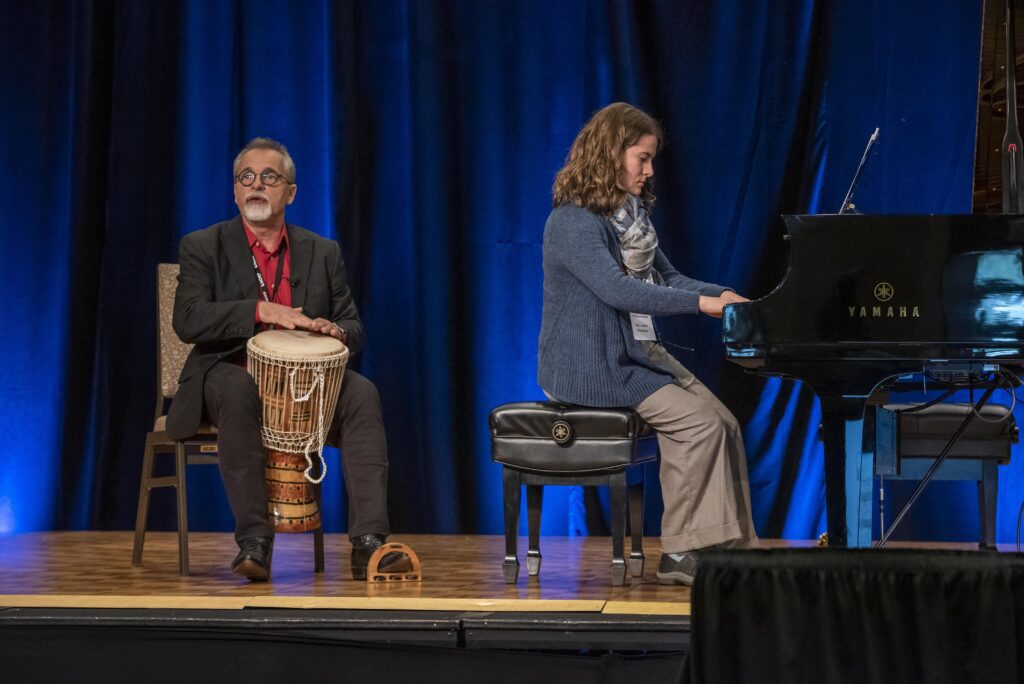
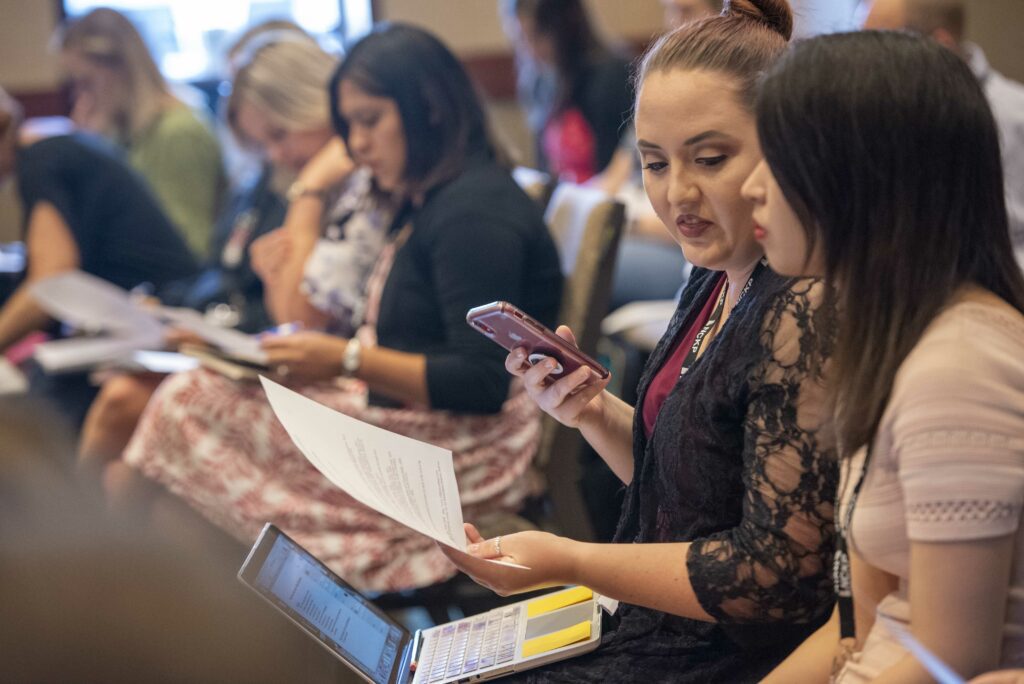
Generating Bold Ideas for Actionable Change
A central focus of the NCKP Summit is the development of transformative ideas that can lead to meaningful, innovative change in piano education. Participants will engage in exercises designed to encourage expansive thinking and creative problem-solving, with a clear emphasis on translating ideas into action.
Through activities such as brainstorming sessions and collaborative vision-building, attendees will be challenged to identify bold goals for the future of piano teaching and learning. By the end of the day, attendees will leave with an inspired outlook and a roadmap for implementing innovative practices in their own teaching and professional communities.
Who Should Attend?
Anyone who is passionate about the future of piano education is invited to attend! The Summit is designed to benefit a wide range of professionals in the field of piano education, including university faculty, independent studio teachers, and those in the early stages of their careers. By bringing together a diverse range of perspectives, we can create a vision that reflects the varied experiences and needs of the entire community.
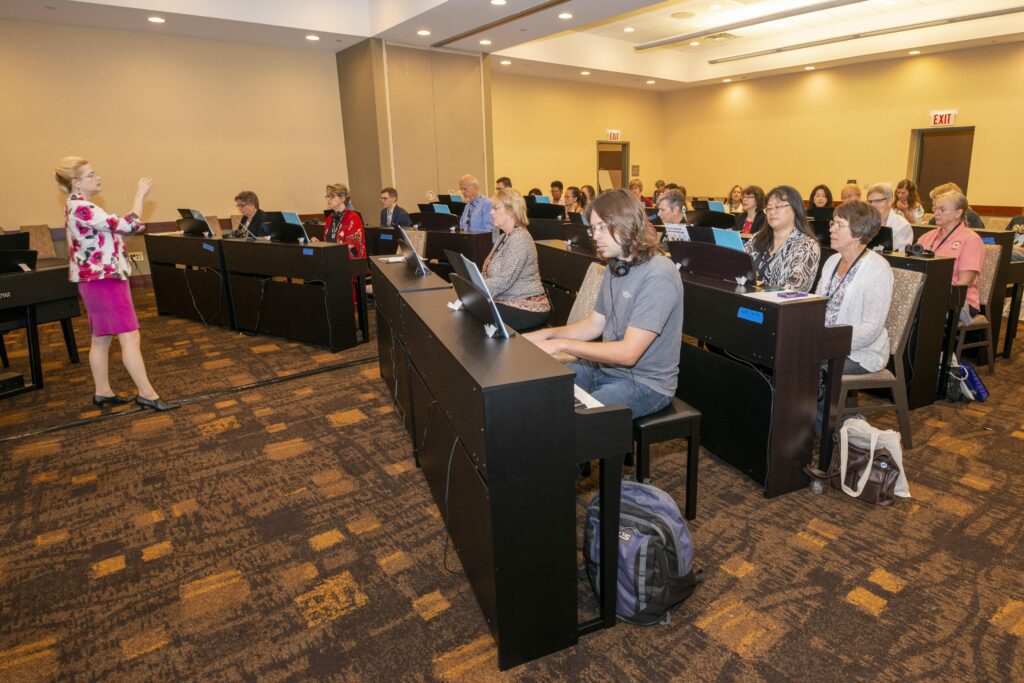
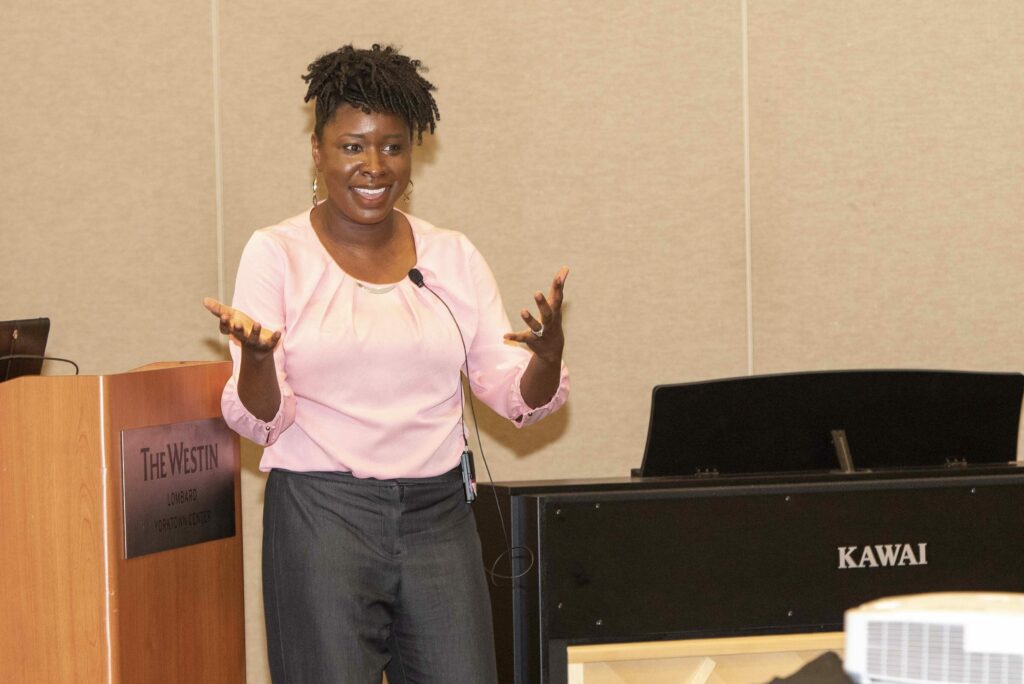
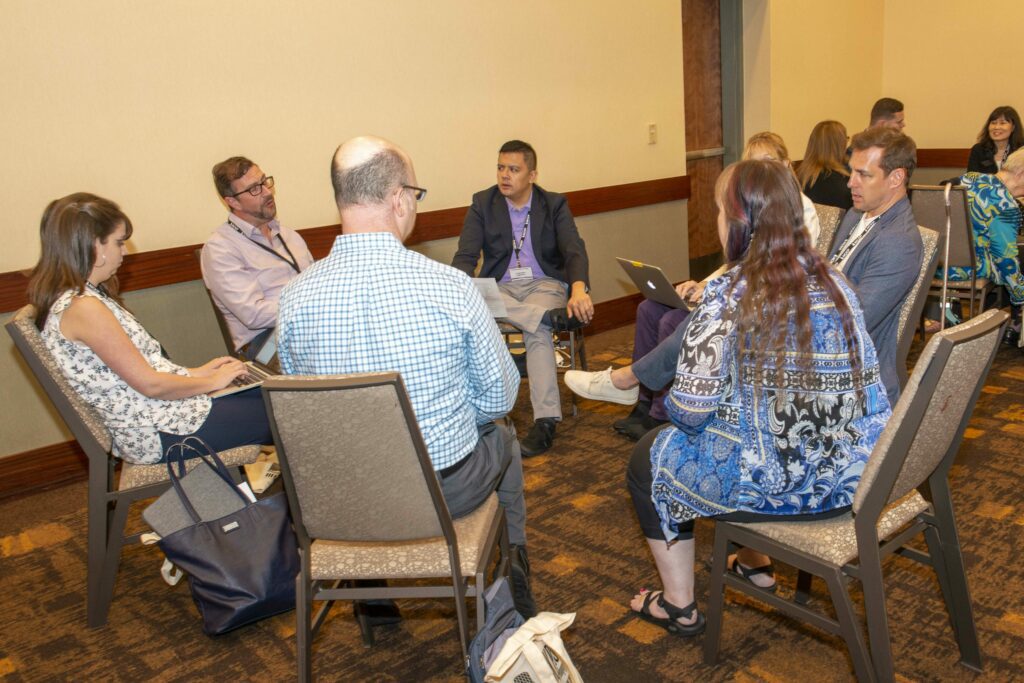
Registering for the Summit
The Summit is held on the first day of NCKP 2025, and participation is included in your full NCKP registration. To ensure the success of this interactive event, an accurate participant list is essential. Please indicate your participation in the Summit on the NCKP registration form and rank your preferred cohorts: Higher Education, Teaching Practices, or New Professionals. If you have already registered for the full conference but have not confirmed your Summit attendance, please visit this link to update your registration—no additional fees apply. Alternatively, you may register for the Summit only at the single-day rate of $199. Additionally, we ask that you complete our Pre-Summit Survey.
Attending the Summit
We encourage you to arrive at the conference hotel on Tuesday, July 22nd. On-site check-in will begin at 8:00 am on Wednesday, July 23rd, and the Summit will start promptly at 9:00 am. To ensure every participant gains the full value of the event, it is essential to be present for the entire day’s activities. The Summit will conclude at 5:00 pm.
Shaping the Future of Piano Education
The NCKP Summit represents more than an academic gathering; it is a collaborative effort to define the principles and practices that will guide piano education in the years to come. Participants will leave with a renewed sense of purpose, equipped with ideas and tools to implement meaningful change in their own communities.
As the field of piano education continues to evolve, the NCKP Summit is essential for fostering dialogue, innovation, and collective action. This inaugural meeting marks the beginning of an ongoing conversation about the role of educators and their collective responsibility to meet the evolving challenges of the future. By coming together, we can shape a vision for piano education that addresses both current needs and anticipates the demands of tomorrow’s musical landscape.
Registration is now open. To secure your place and learn more about the program, click here.
More questions? Visit our Summit FAQs page.
We are pleased to offer multiple opportunities for participation in The Piano Conference: NCKP 2025! The deadline to submit is Monday, March 31, 2025, at 11:59 PM Pacific. We seek programming in a variety of formats and are currently accepting submissions of collegiate projects, e-posters, performances, and teaching demonstrations.
MORE ON THE PIANO CONFERENCE: NCKP
- THE PIANO CONFERENCE: NCKP 2025
- PIANO MAGAZINE: Some reflections on the 2005 National Conference on Keyboard Pedagogy (NCKP) by Elvina Truman Pearce
- WEBINAR: NCKP 2023 Committee Webinar: How to Practice Jazz and Improvisation with Jeremy Siskind
- WEBINAR: Teaching Demonstration (NCKP Rebroadcast) with Marvin Blickenstaff
- DISCOVERY PAGE: The Benefits of NCKP: The Piano Conference and Why You Should Attend by Marvin Blickenstaff
- WEBINAR: NCKP 2023 Committee Webinar: Facing the Future with Jason Sifford

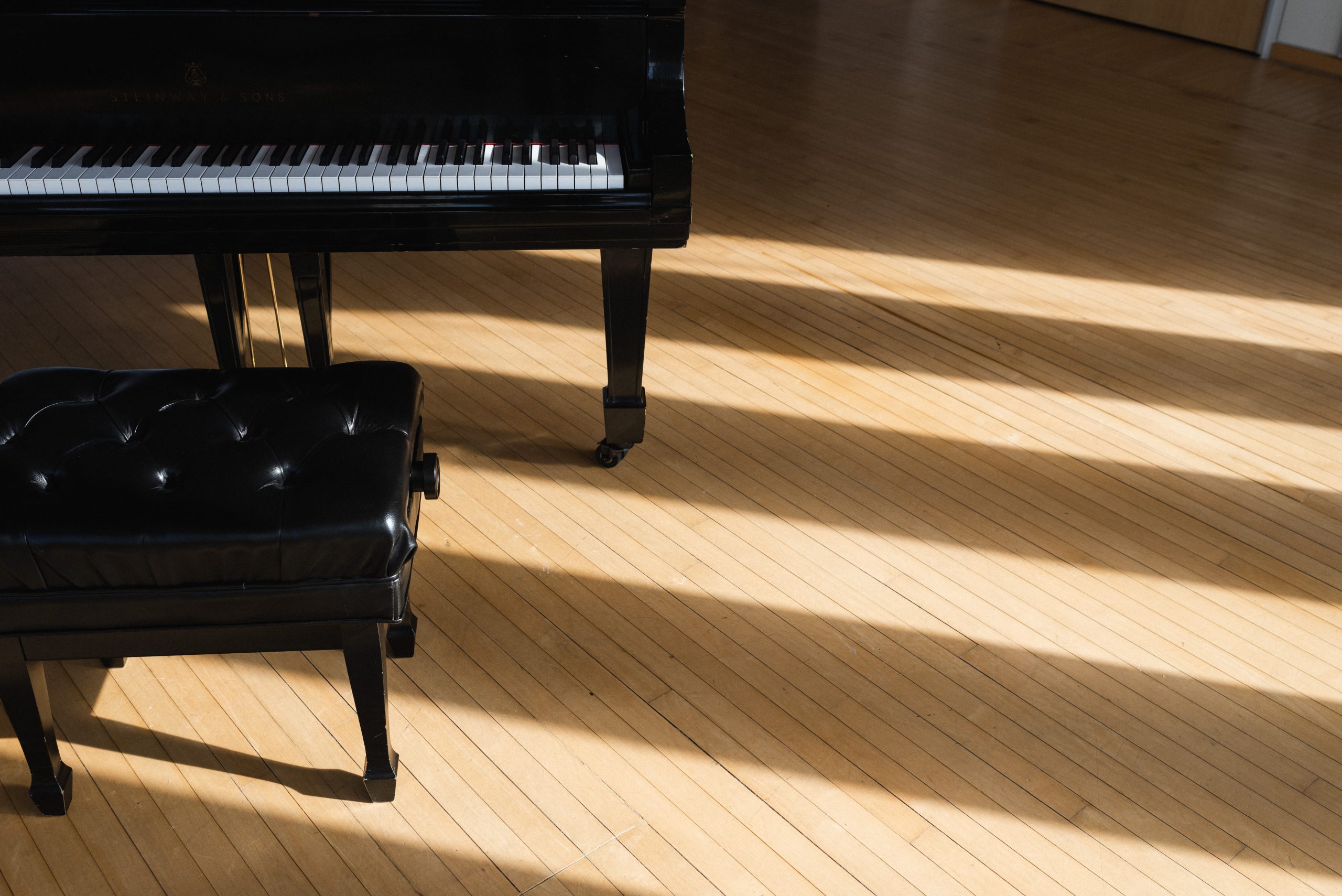
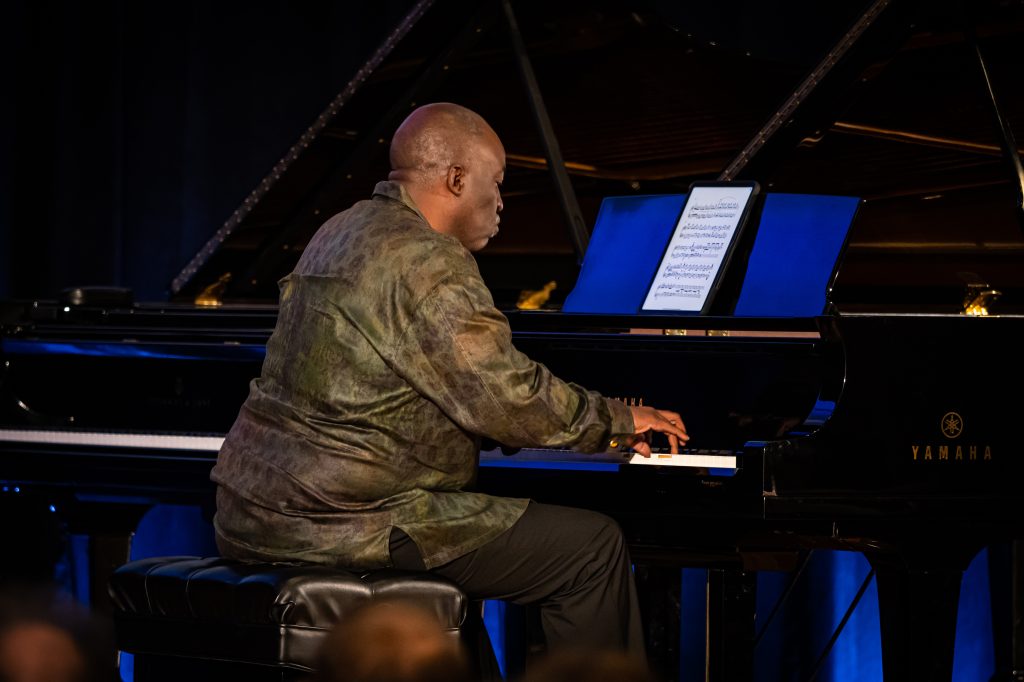
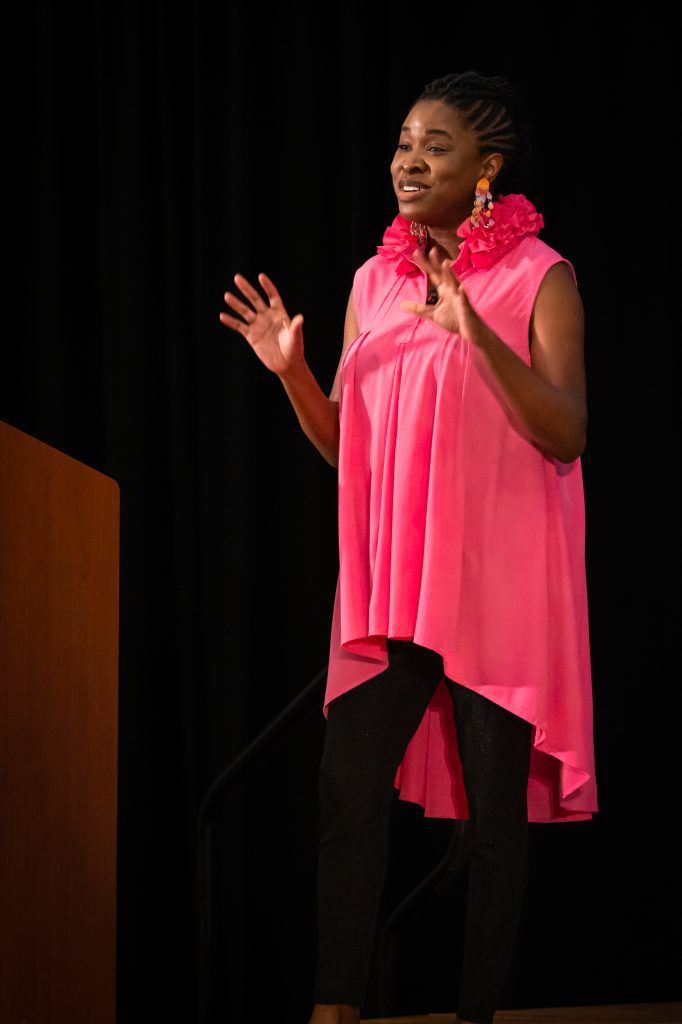
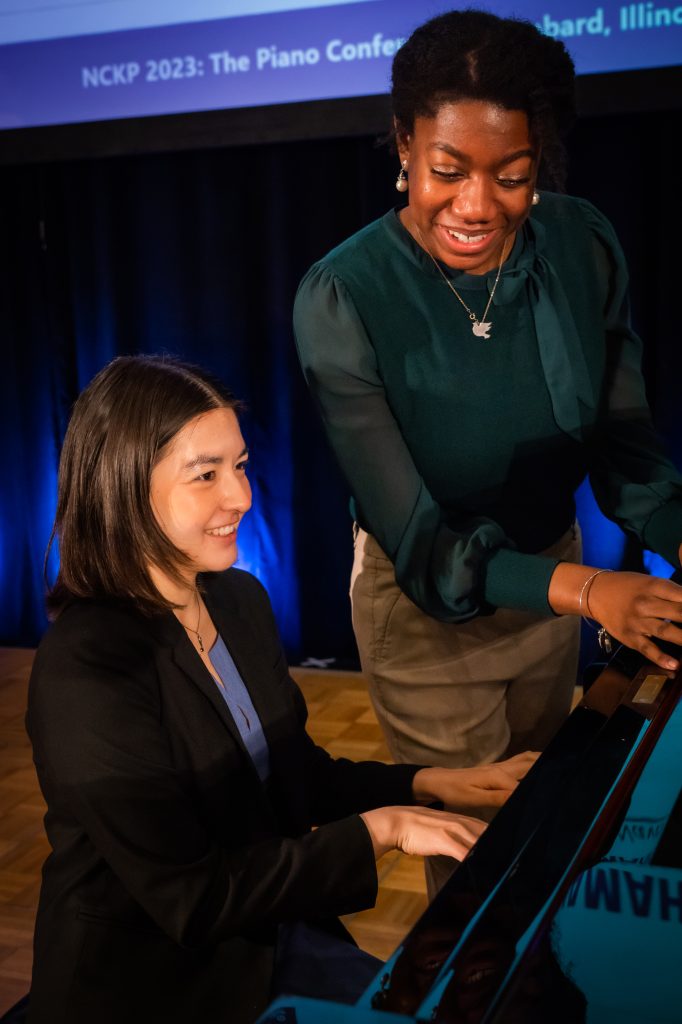
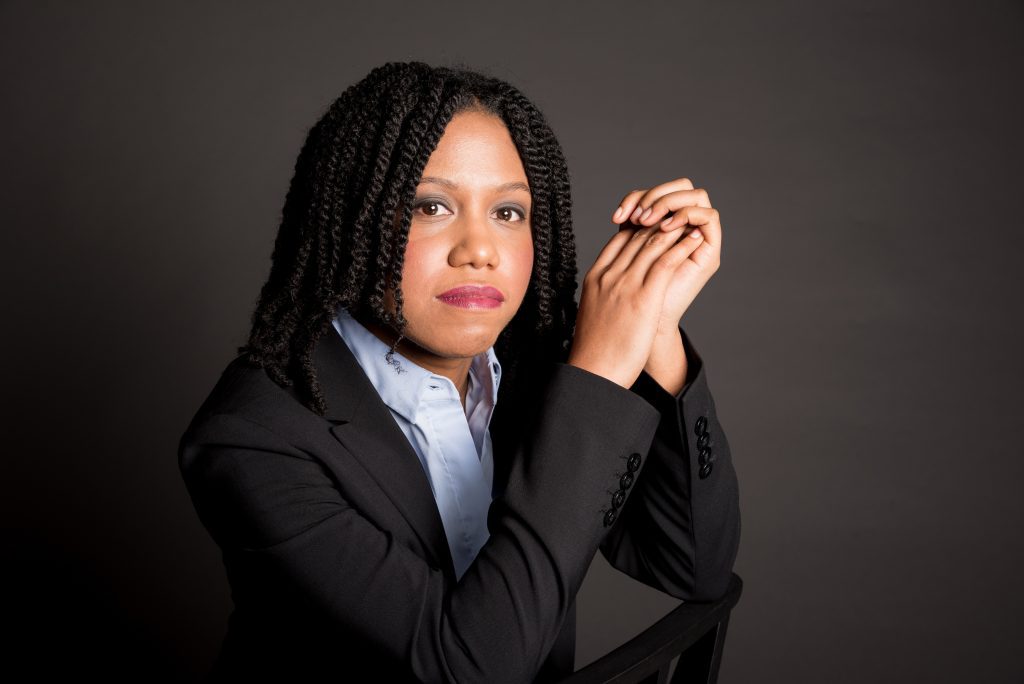
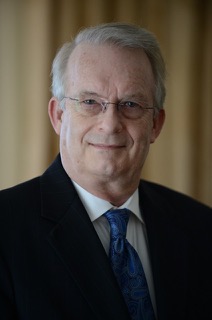
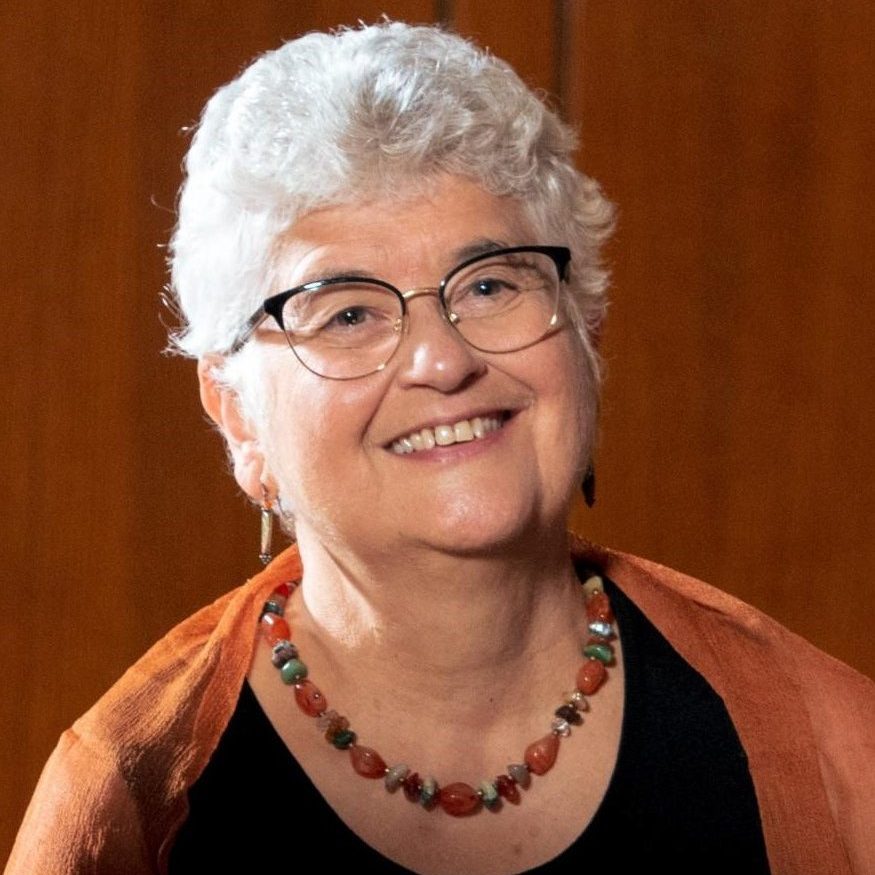
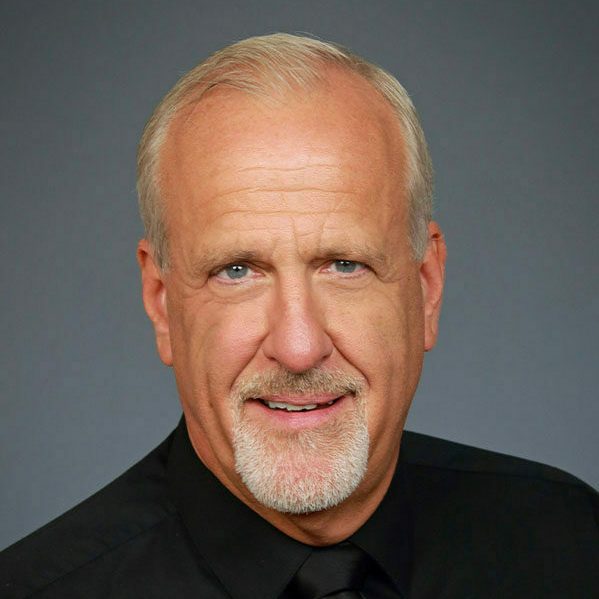
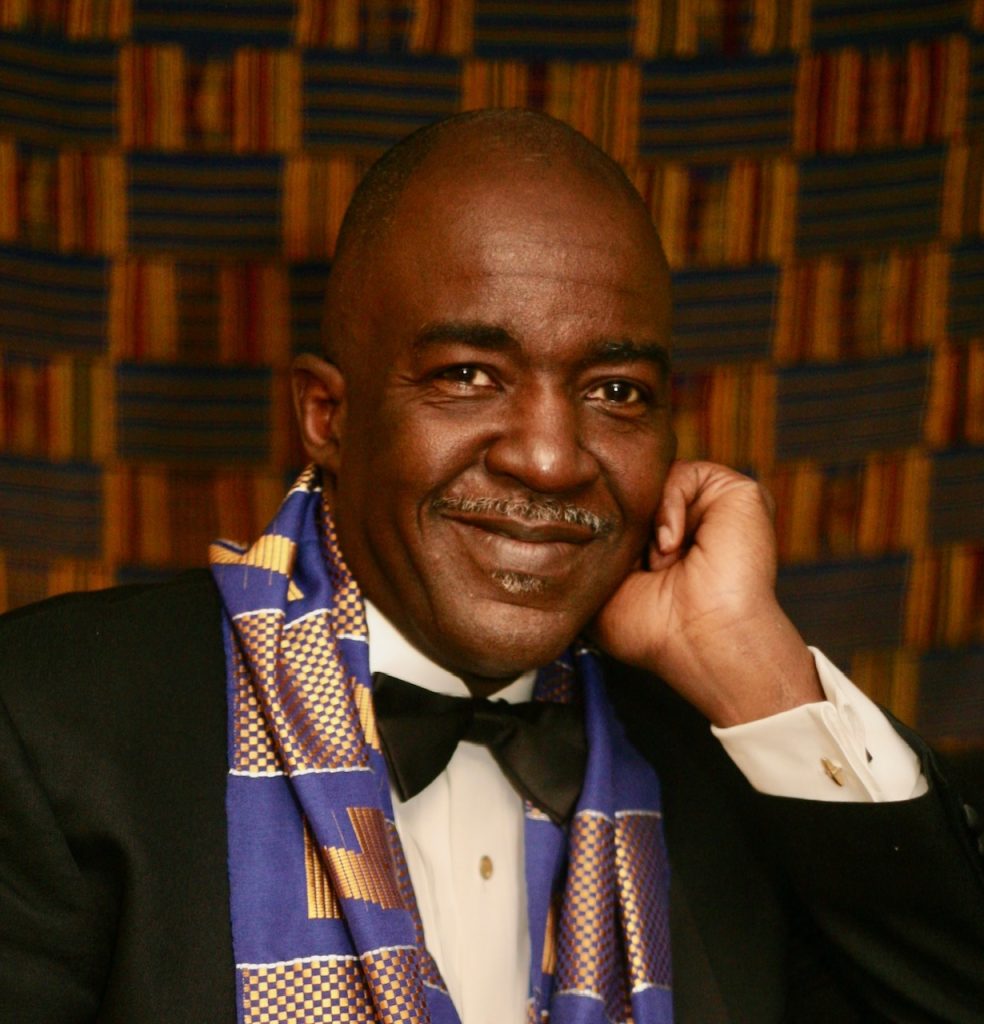
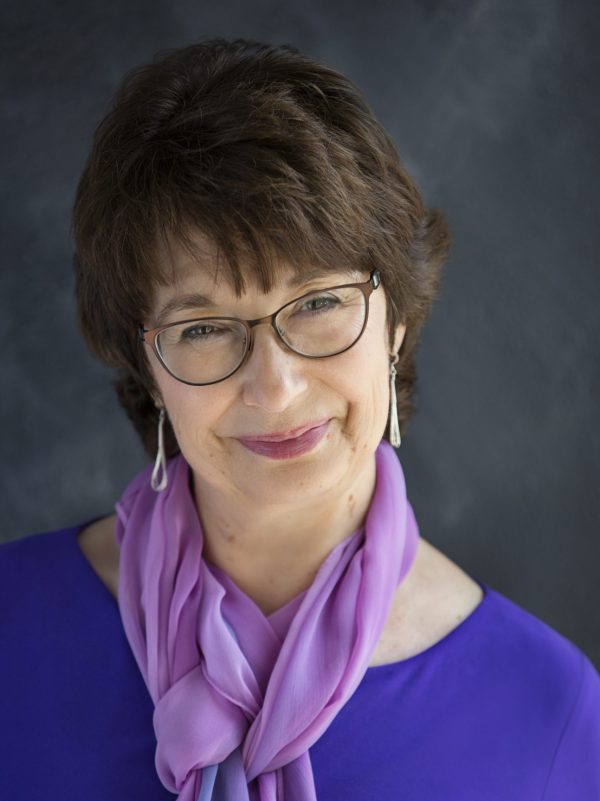
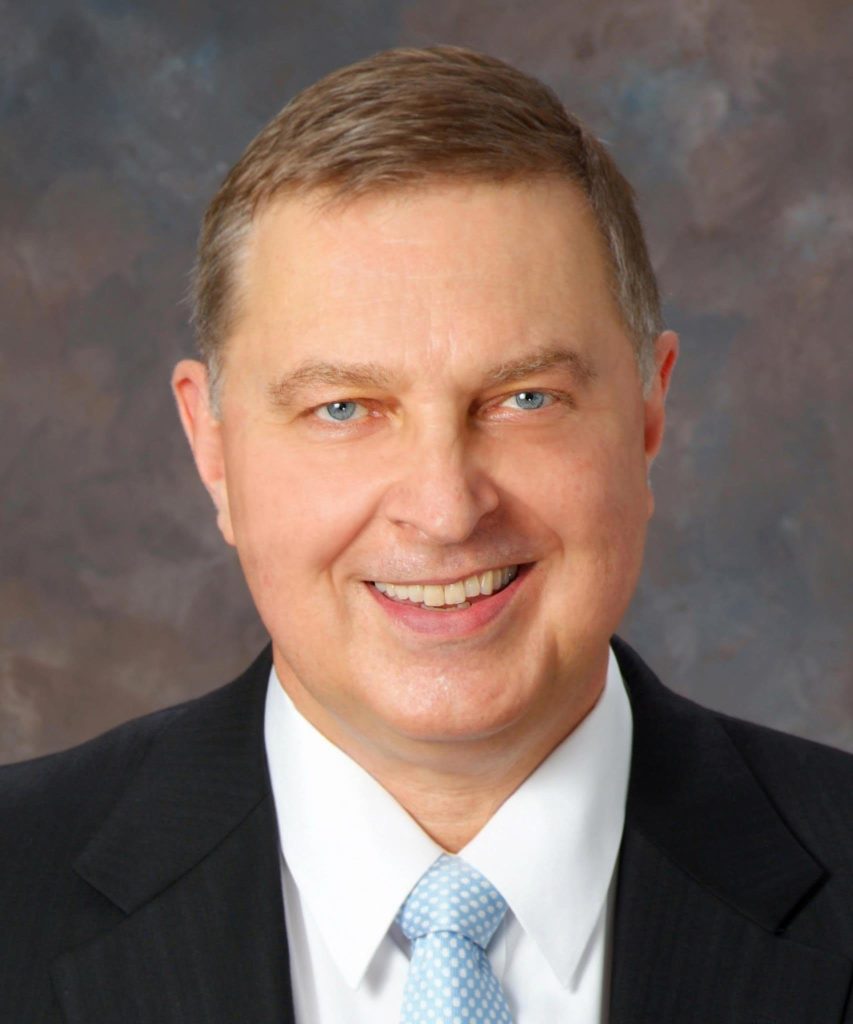
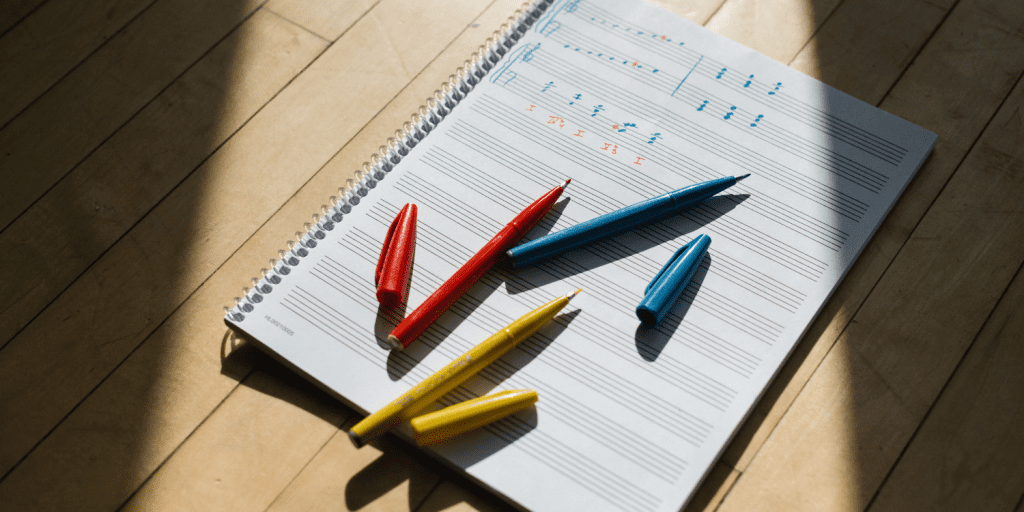
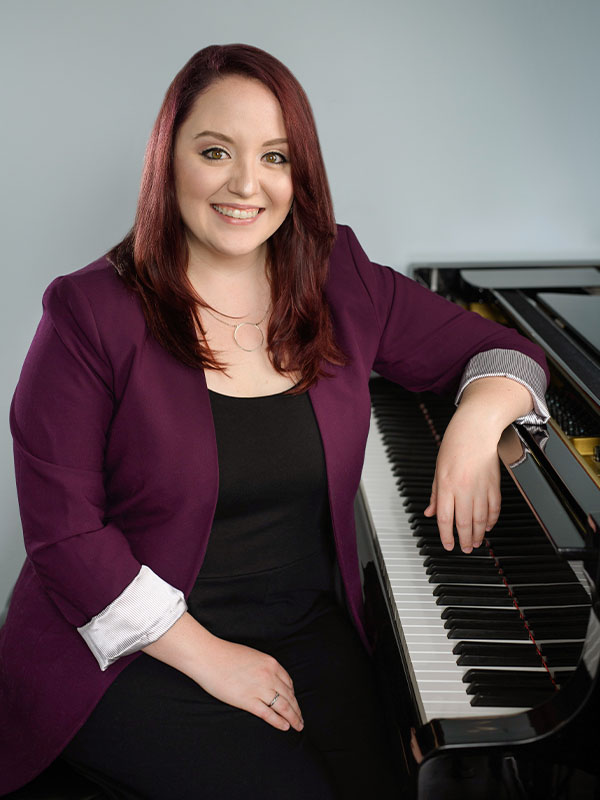
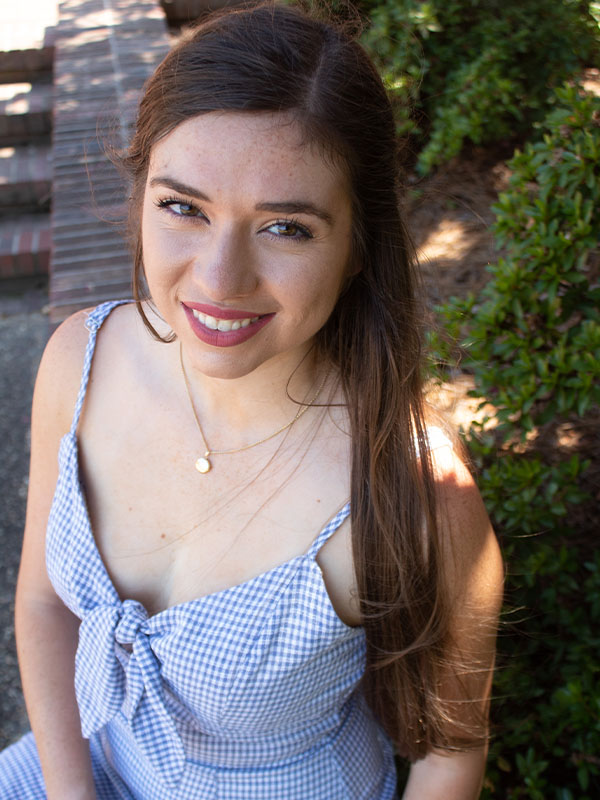

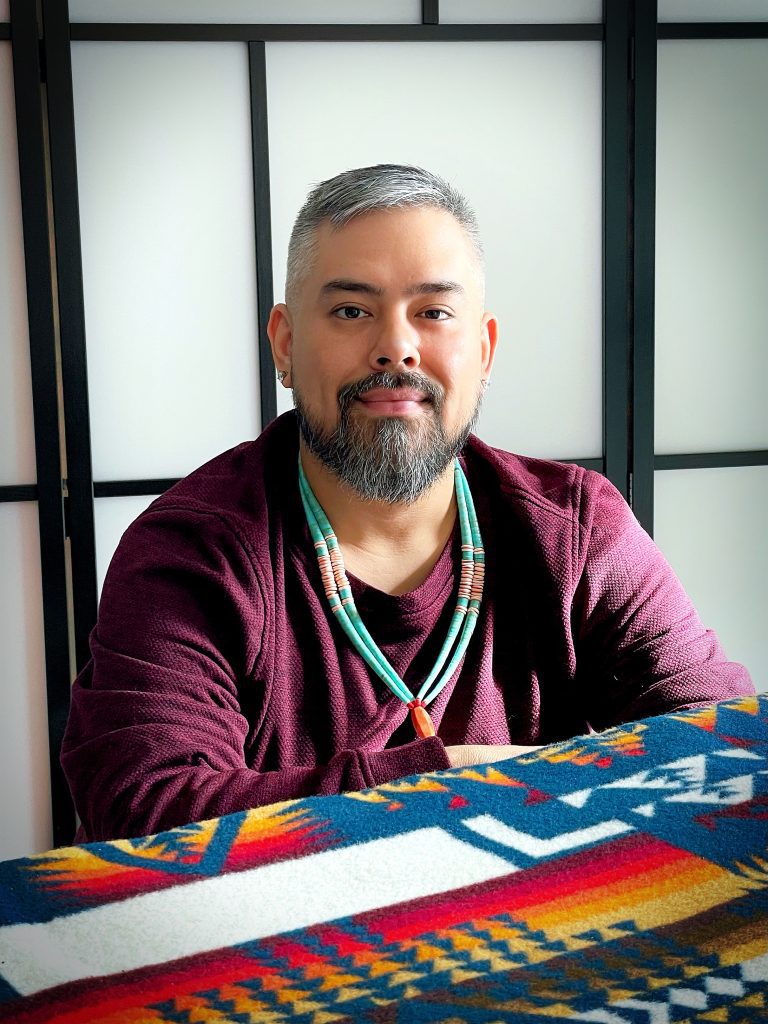
!["His [Chanon's] music does not always reference his Navajo heritage directly, but rather embodies the spirit of innovation and exploration that drives his work as a composer." - C. Chee](https://pianoinspires.com/wp-content/uploads/2025/01/image-2.png)
